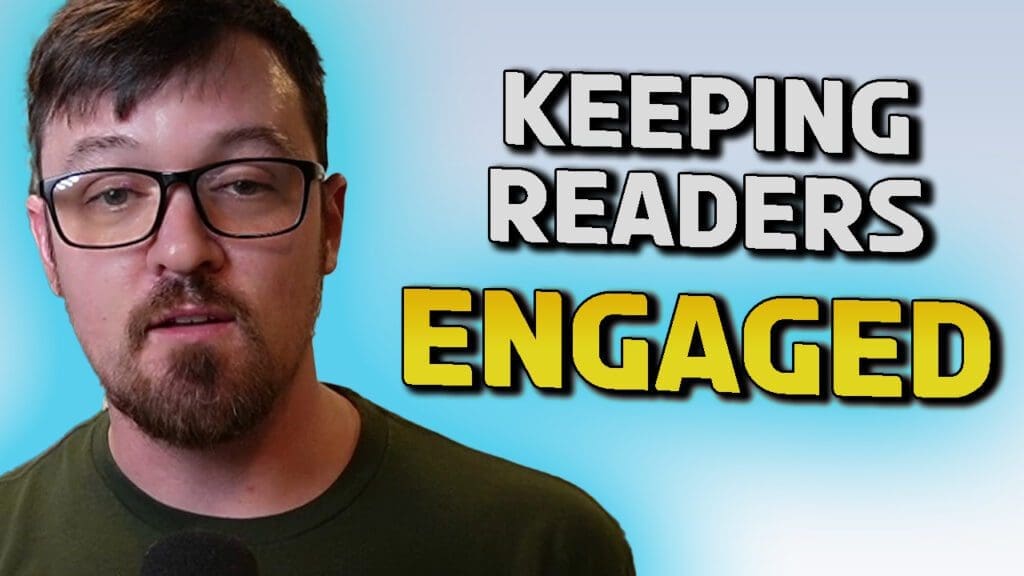This week, we’re discussing the construction of a reader group. In our first video, we explored the importance of this task. In the second, we discussed potential sources for your reader team. Today, I want to delve into the challenge of maintaining an active community. It can be difficult to sustain interest and engagement, particularly during lengthy intervals between content releases.
One of the most significant challenges with managing a reader group is maintaining their engagement. This becomes increasingly difficult if there are long periods between content releases. This is why I strive to provide content almost daily, as it keeps my group connected and involved in our activities.
However, I want to add a caveat here. If you have beta readers who lose interest or are no longer as enthusiastic about beta reading for you, that’s okay. It’s not a reflection on your abilities as an author. They likely have other commitments in their lives, and that’s perfectly fine. They are individuals with their own interests, and you shouldn’t feel bad if they’re not eagerly awaiting your work.
Let’s discuss three specific strategies to keep your community active.
Firstly, introduce new members. As we’ve discussed, people’s interests change. You’ll experience attrition, with some members losing interest in continuing as your beta readers. That’s okay. You need to let them go gracefully while maintaining your group’s numbers. To do this, simply add new people to your group. I usually put out a call for new beta readers every time I start a new series or release a new book. You can do the same for ARC readers. The only difference between beta and ARC readers is that beta readers review early versions of the manuscript, while ARC readers review the final versions. As long as you’re adding new members to your group, whether it’s an ARC or beta reader group, you’ll continue to receive valuable feedback.
Secondly, make specific requests. Don’t just ask them to read your work and provide feedback. Instead, ask specific questions to identify areas of weakness. This gives readers something to focus on. Often, readers have general impressions but lack the training to articulate why they feel a certain way. They might tell you that the interaction between two characters feels forced, but they can’t pinpoint that the characters’ positioning in a few scenes doesn’t make sense, or that the dialogue is stilted. However, if you ask them specific questions about a scene, they can provide more precise feedback. This not only helps you improve your work but also increases their engagement.
Lastly, and most importantly, take their feedback seriously. I’ve encountered many authors who ask for feedback but reject it outright. They either don’t consider it or never act on it. Imagine being a reader in this situation. Would you be interested in providing feedback to someone who never listens? Of course not. So, if you’re asking for feedback, make sure you consider it carefully and make appropriate adjustments. There’s nothing like acting on advice to engage people in a project. When beta readers feel their opinions matter, they’re more likely to return and beta read again.
If you’re an author, I strongly recommend building your own reader group. If you’re a reader and enjoy my work, consider joining my Discord.

YouTube Video Link: https://youtu.be/0RpVJWJ1Emw
Thanks for reading and watching.
Want in on all the secrets of writing compelling books? Have burning questions for Seth about the business side of being an author? Join the email list for up to date info on the latest videos!

Leave a Reply